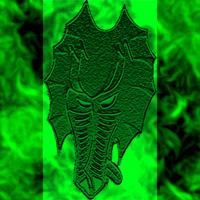Q1:
Since there is no more fixed pipeline rendering in DX11, for every part of rendering in DX11, do I need to create a brand-new vertex shader and pixel shader... or at least I have to find one relevant online. If you work on skinned meshes and other effects originally worked in DX9 fixed pipeline, do I have to rework everything by now?
Q2:
For assimp, if it originally was designed for DX9, like it is coupled to a DX9 device for creating meshes and materials etc. Do I have to add in the DX11 device in the assimp, or can I just leave the assimp to remain in DX9 and after the meshes are loaded, I just convert the vertex buffers and index buffers into DX11 buffers?
Thanks
Jack








